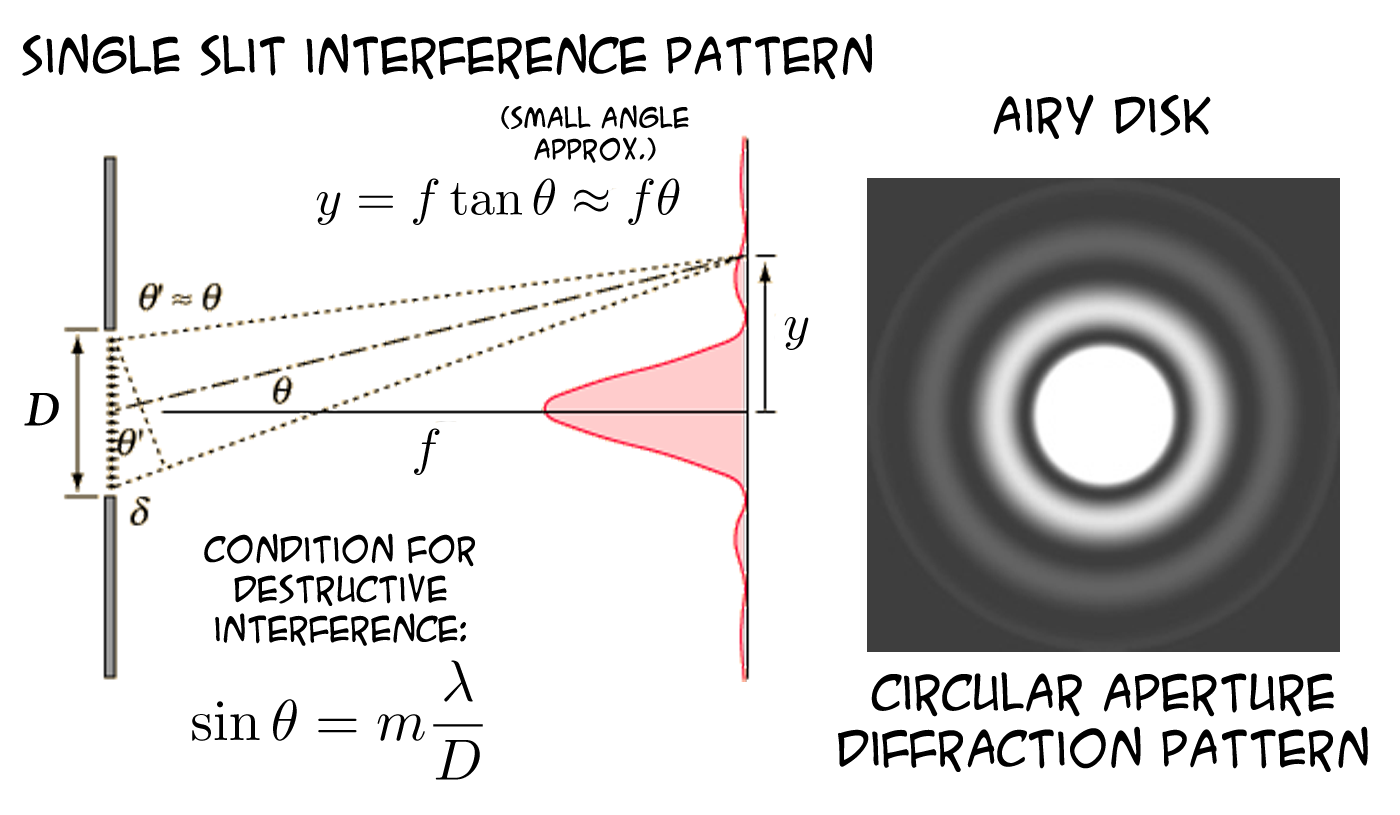Just to
clarify before we start – I have never been a Racist or disliked the idea of
other people coming to our country to live and work here; so do not get that
impression.
However,
when I lived in Christchurch I seemed to pick up a peculiar sense of what
Immigration actually is.
Christchurch
is quite possibly the most culturally un-diverse place I have ever been; it
frankly is a sea of white old people living out their retirement.
Because I
never was in contact with Immigration I always just thought about the politics
and numbers and drew my opinions from that. I always thought that public
services would get overused and stretched if immigration continued at a high
rate.
I always
thought that perhaps our culture would be somewhat lost; and that pubs would
close down, and things we associate with British culture may begin to become
few and far between in out towns and cities.
About a year
ago I even went through a phase of thinking that the EU was a bad thing; and thought
though they were always highly questionable UKIP weren’t that bad.
But how
things have changed now I have actually seen what Immigration does.
I now go to
Southampton University; and it is probably one of the most culturally diverse
places I have been.
Many
students from different countries go to Southampton University to get an
education; and to try to make the best of them-selves, just like we do.
Here are
some things I have noticed.
Immigrants
actively want to be here
Immigrants
who have made the move are coming here for a better life; and to work hard and to
try to make something of their lives.
They tend to
work extremely hard, as obviously they have given up their ENTIRE culture to be
here, so obviously they are tenacious enough to try to make it work.
Sometimes I
guess they find it hard to fit in at the start – but it is very small-minded to
expect immigrants to change their culture fluidly and to not miss their
culture. For instance if we moved to China the culture shock would be Immense.
The fact
they bring some of their culture here is fantastic
In Southampton
there are areas where the cultures change – from Muslim areas to Chinese areas
to Indians and Europeans. There are many different cultures here.
I cannot
express how INTERESTING this makes living in comparison with Christchurch.
There are so
many new things to talk about and try; and it is fantastic.
I’m going to
a Sushi bar soon – I’ve never tried sushi properly before, but It’s going to be
a good experience!
It does
not affect our English Heritage
I used to be
worried that these areas would expand so that no pubs would be available or no
Fish and Chips stores would be present (for instance). However this is just not
the case, there are plenty of Pubs around, and plenty of things which we have
inherited from our previous culture. We have only ENRICHED our culture with
theirs.
This is the
way the world was meant to be; many languages being spoken, many people
engaging together and breaking down the social and cultural walls which divide
us from other countries.
I find it
amusing the way I used to think about Immigration.
It was so
un-informed, I guess I used to read papers and see news stories and I had no
other way of thinking about Immigration.
Don’t listen
to the media and Mr Farage.
Immigration
is the bee’s knees; it puts more into our culture and economy than it could ever
take out.
Rant Over.








